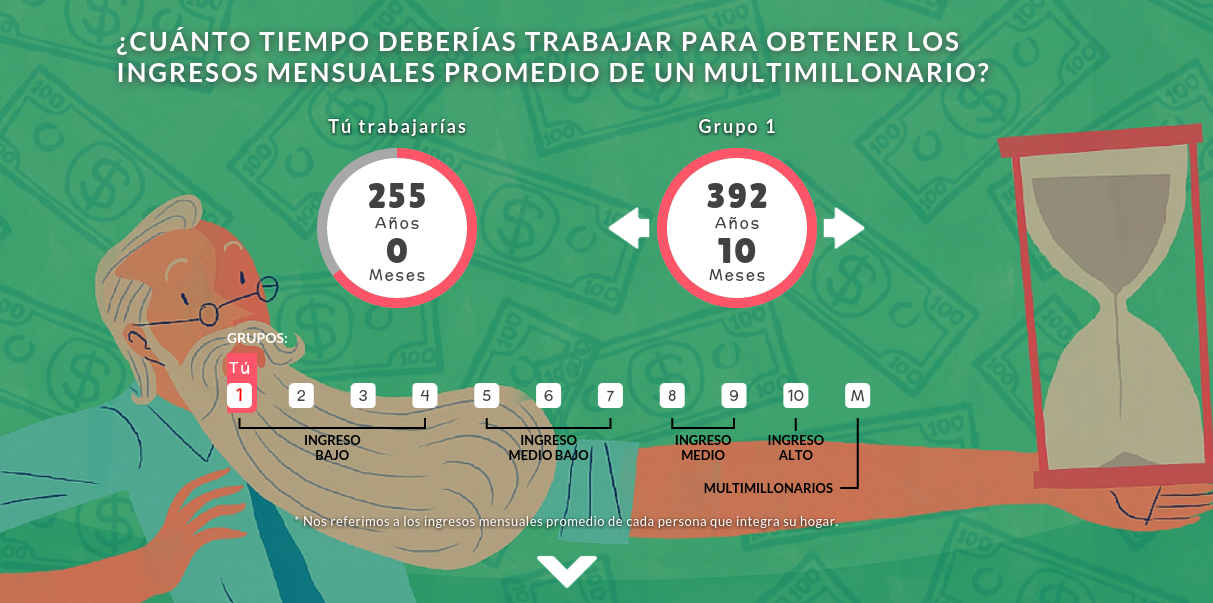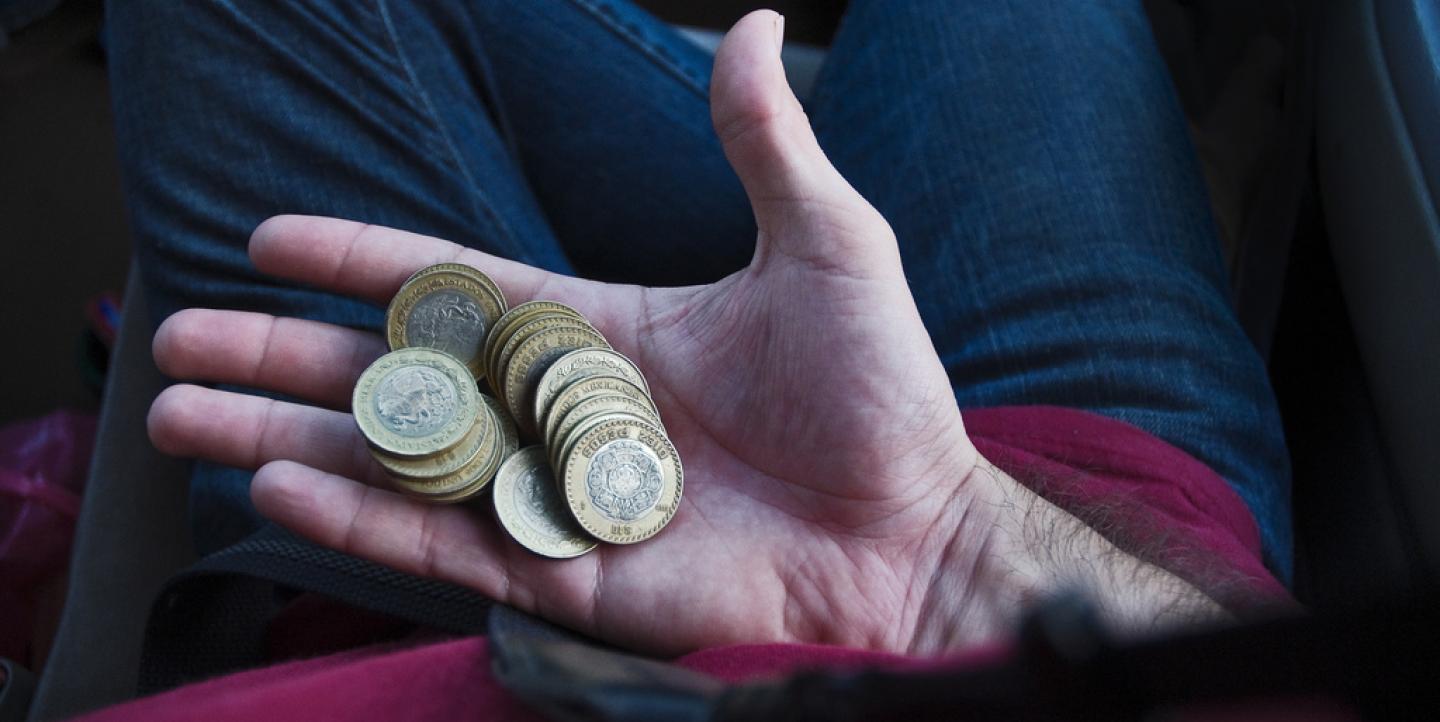Over the last few years, the debate about wealth inequality has gathered momentum, as French economist Thomas Piketty put the issue on the table with an unprecedented study on wealth and income concentration with the book “Capital in the XXIst Century.” In it, he described a dire scenario: wealth accumulation is not decreasing and governments need to act to try to stop inequality gaps from growing even larger. Despite criticisms from different sectors, Piketty succeeded in sparking a debate on a global phenomenon with grave consequences.
Being the most unequal region in the world, Latin America needs to be part of this discussion, which is often hard to place on the public agenda and the media’s radar. Two recent journalistic projects are finding new ways to talk about this issue, disentangling a complex phenomenon and breaking it down for their readers in innovative and creative ways.
In Mexico, a group of 35 journalists came together to tell the stories of the 12 poorest people in the country, who live in the poorest states. “Los 12 mexicanos más pobres (The 12 poorest Mexicans)” puts the spotlight on the other side of inequality spectrum — the one that business magazines like Forbes don’t look at.
“The main goal is to make inequality visible in a country with 55 million people living below the poverty line” but where inequality seldom makes the headlines, media editor Salvador Frausto told IJNet via email.
The stories, told by renowned Iberoamerican journalists, were published as a book (which is also available as an ebook), a co-production of journalists’ collective Cuadernos Doble Raya, Ojos de Perro Contra la Impunidad and Oxfam.
Some stories were also published online, along with a series of videos that allow us to see how the characters live, far from the luxury of millionaires: most of them in rural areas where they work the land to support themselves, with little assistance from the state.
“We wanted to tell the stories without bias, without treating the poor as ‘poor,’ but portraying the characters of the book in a comprehensive way,” said Frausto. “We describe the hut of an unfortunate person with the same serenity as we would describe the office of a businessman.”
Using data and statistics, narrated with a vivid and stylish prose, the stories are able to paint a compelling and human portrait of poverty.
“Poor people are not numbers: they are people who smile, dream and want,” he said. “We shouldn’t just focus on the hardships they live.”
The project succeeded in sparking debate around the issue, said Frausto. On the day of the launch, inequality took center stage on social media, with #12MasPobresMx trending nationally.
 With the same goal but a different approach, Peruvian news outlet OjoPúblico created a "Calculator of Inequality," an interactive application that helps you grasp the dimension of inequality more easily by relating your own economic situation to that of the richest people in your country.
With the same goal but a different approach, Peruvian news outlet OjoPúblico created a "Calculator of Inequality," an interactive application that helps you grasp the dimension of inequality more easily by relating your own economic situation to that of the richest people in your country.
The idea is simple but powerful: input your salary, and the virtual calculator estimates how much time you would have to work to reach the monthly income of a Latin American multimillionaire (assuming you are not rich yourself, which is highly unlikely if you are working in journalism). The results are shocking and discouraging: depending on the salary, it can take as long as 190 years or, in some of the best cases, just four. Regional poverty and inequality statistics are also included to provide a wider panorama, but the most impressive part is measuring one’s own wealth to that of the really wealthy. That was the goal.
The issue of inequality is one that OjoPúblico aims to tackle with its regular coverage “by putting the focus on corporate power and tax evasion and the lobbies that are behind the hindering of reforms that seek to change this situation,” OjoPúblico editor Nelly Luna Amancio explained. With this calculator, “we were aiming to put the issue of inequality on the public agenda and, more importantly, to move the reader,” she added.
More than a million people have used the calculator and thousands have shared the site on social media, according to Luna.
“We started a debate on the huge income gaps. Many people realized (for the first time) how low the incomes of some groups in their countries were,” said Luna, and added that the site was created with the support of Oxfam, who is pushing a campaign on inequality in the region.
The project is based on existing data from the United Nations’ Economic Commission on Latin America and the Caribbean (ECLAC). Algorithms were used to convert these data into relative information that feeds the application, finding a way to tell the story of Latin American inequality in a new, playful way. And the users responded.
Main image CC-licensed by Flickr via Matt Borden. Secondary image courtesy of OjoPúblico.

